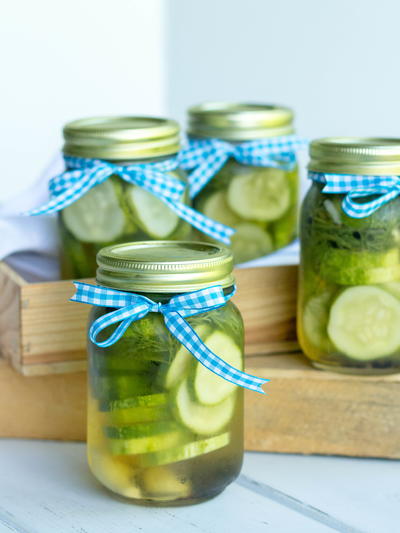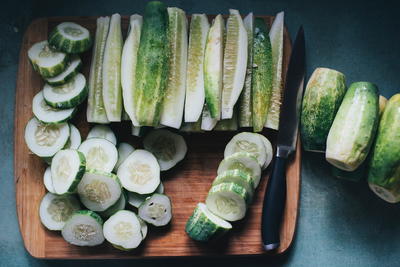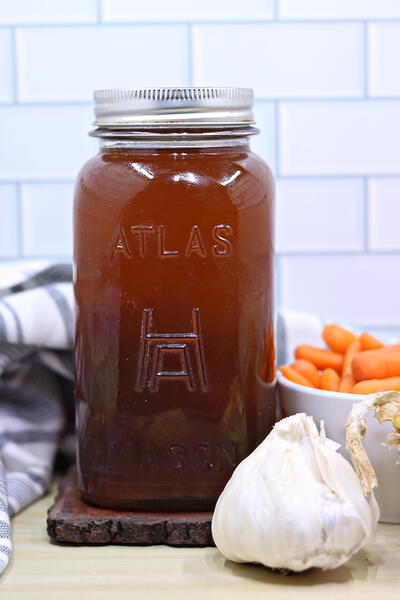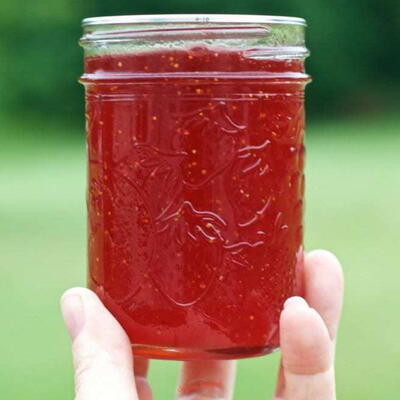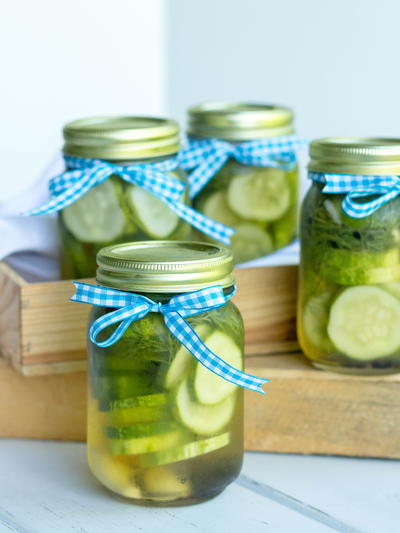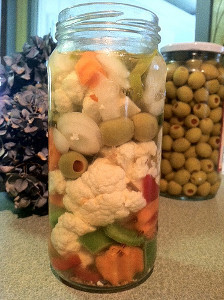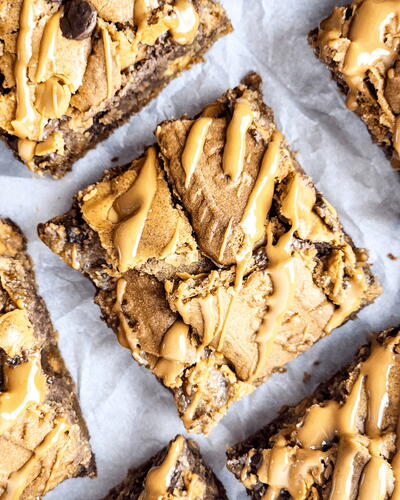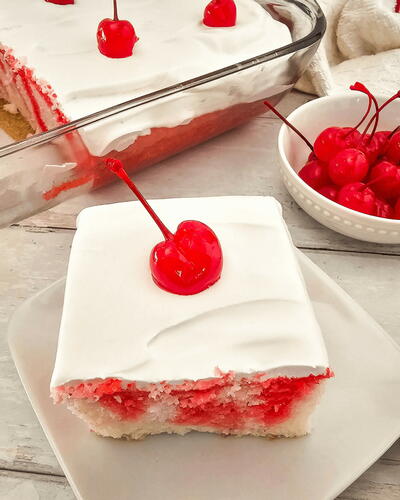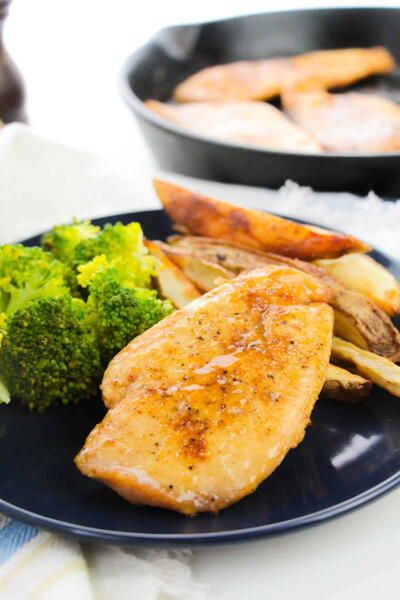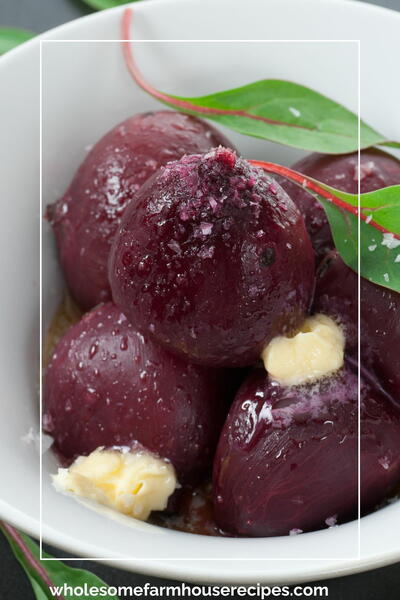Grape Wine
Ingredients
- 5 or 6 gallon food grade bucket, with a cover
- 5 or 6 gallon glass carboy
- An s-shaped airlock
- Campden Tablets
- Wine yeast
Instructions
These are quite easily available at your local wine/beer crafting supply shop. You can probably get the whole load for under $50. If you're using the grape juice for wine, do NOT cook the grapes. Put them in a bucket large enough for the grapes and your elbows, put on latex gloves if you've got them (I think the tartaric acid crystals in the juice are what can make your skin itch afterwards) get your clean hands in there, grapes, stems and all, and start squishing. Squish, squeeze, press. Keep doing it untill as many of the grapes as possible are squished, and you have a bucket of juice and mast (I think that's the word for the solids.) If you want to take your luck with the natural yeasts, then cover and let sit for 24 hours for a red wine. The alcohol formed from the first day's worth of fermentation, plus the water in the grapes, will dissolve the red out of the skins. If you want a rose or white, then you let it sit for 6 to 12 hours (for the blush) or strain immediately for white. At any rate, after the first 24 hours, remove the stems, leaving behind the skins (if desired for color) If you're going to add yeast, and you want to start the yeast in a seperate batch (quart or pint) of juice, then strain off the quantity needed, and boil it for a few minutes to kill the yeast. When it's cooled to room temp, add the yeast, cover with a cloth, and set aside. If you have a specific yeast in mind (and in a little foil packet in your hand - try to avoid the bread yeasts as they're too hard to filter out after fermentation) then you want to add 1 Campden's tablet (available at your local wine/beer crafting shop) per gallon of must (juice and solids). That will kill off the yeast, and enough of the sulfites will evaporate off in the 24 hours after that you can add your commercial yeast. Nothing wrong with doing it this way - I do as well. There are many fine yeasts out there that are perfect for whatever kind of wine (dry/sweet) you have in mind. After 24 hours, add the yeast. You can sprinkle the yeast over the surface, or you can do as was recommended above. Stir the yeast in thoroughly. You won't see much bubbling for 24-48 hours. After the yeast is fully active, and the mast has risen to the top in a relatively solid cake, push it down and break it up. The longer it stays in, the redder the wine. When the must is the color you want, let the mast rise again, form a solid mass, then remove it. You'll filter out whatever you can't get out, after the primary fermentation is complete. That is, when the yeast settles down and doesn't bubble quite so furiously, and a discernible layer of sediment has settled down. This can be quite involved, and you might want to get a small booklet from your supply shop for more details. Or, you can try depending on the yeasts that naturally occur on the grape skins. This can produce some wonderful wines - or it can be a total failure. Odd are it will result in something quite drinkable, yet not spectacular. This should get you through the first stage, and leave you (and your grapes) with some time to read further on the subject.
Read NextAlcohol Free Vanilla Extract

